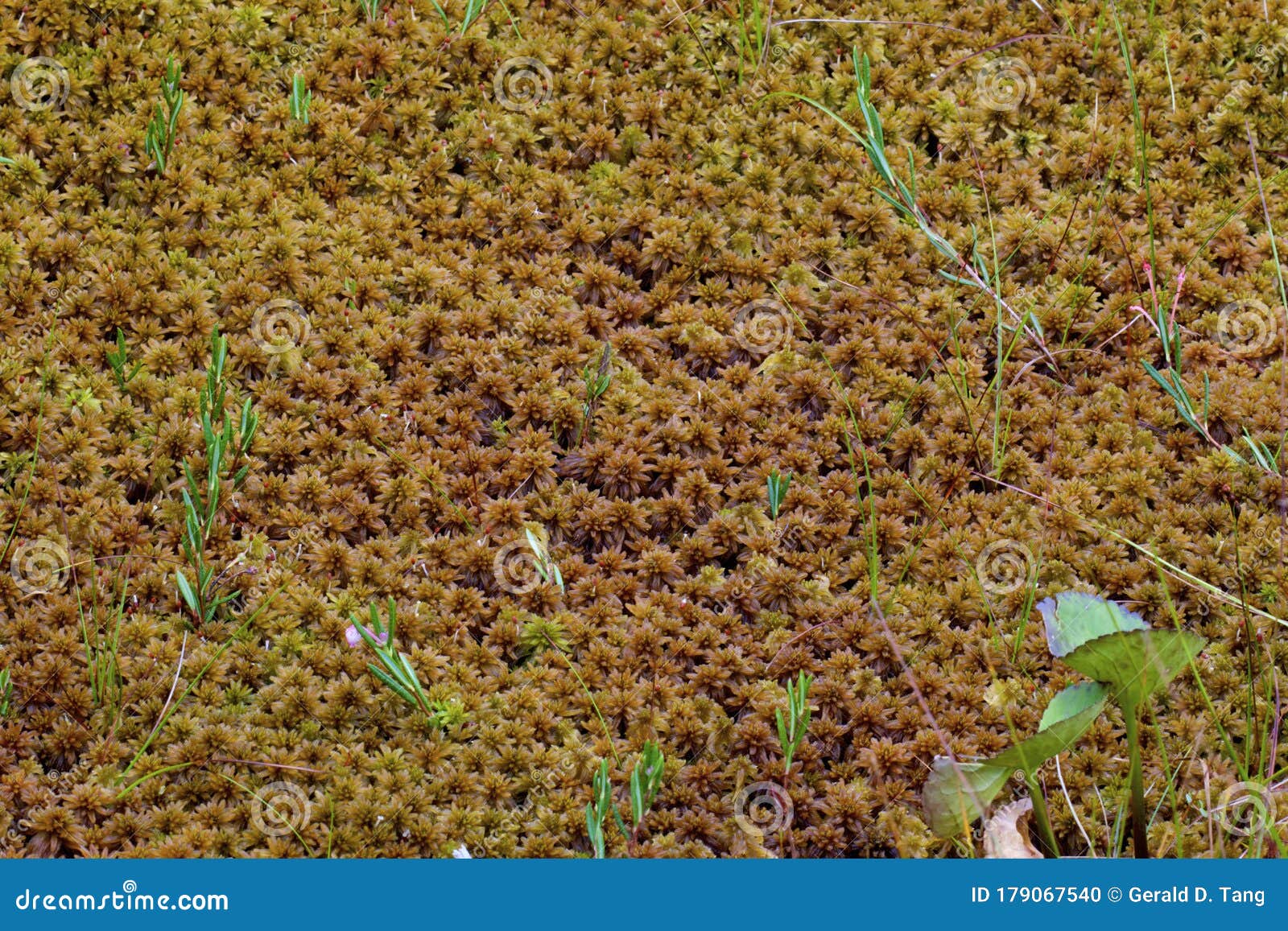

These degraded, cutover peatlands then become long-term, persistent sources of CO2 emissions. In addition, rising temperatures associated with global warming could significantly impact Canadian peatlands and trigger a feedback loop that would greatly increase peatland degradation and greenhouse gas emissions from them.Ībandoned, cutover peatlands rarely return to functional peatland ecosystems post-extraction because the physical and hydrological conditions required for sphagnum re-establishment have been eliminated in most cases. One researcher has pointed out that because carbon dioxide (CO2) emissions from harvested, cutover peatlands are approximately three times greater than the emissions from natural sites, the loss of only 5 percent of Canadian peatlands–whether for horticultural extraction or some other cause–will result in Canadian peatlands being converted from a net carbon sink to a net source of CO2. While extraction of peat for horticultural purposes currently only represents a small portion of total greenhouse gas emissions, harvesting peat does contribute to climate change. Peatlands are critical sinks for carbon and its extraction increases greenhouse gas emissions, covering only 3 percent of the world’s surface area but providing for 30 percent of all carbon stored in the soil.

Even the Canadian Sphagnum Peat Moss Association concedes that in regard to peatland restoration, “the full natural capital of the pristine bog within any normative human timeline measurement.” Peat accumulates at a rate of 0.5 to 1 millimeters annually, and thus an area cannot recover from harvesting within a sustainable time frame. While the rates of annual accumulation of peat in Canada on an annual basis do exceed the volume extracted for horticultural purposes, this does not make this harvest sustainable. The use of sphagnum peat as a soil amendment was considered by the technical committees of the Sustainable Sites Initiative (SITES) in the development of the “Guidelines and Performance Benchmarks 2009,” available as a free download at Reference to peat occurs specifically in Prerequisite 7.2 (restore soils disturbed during construction) and credits 5.9 (support sustainable practices in plant production) and 7.3 (restore soils disturbed by previous development).īased on this technical committee work, the Sustainable Sites Initiative does not consider the use of sphagnum peat to be sustainable, as it is non-renewable within a 50-year time span. PanAmerican Seed Highlights Quick-Growing Varieties (Video)


 0 kommentar(er)
0 kommentar(er)
